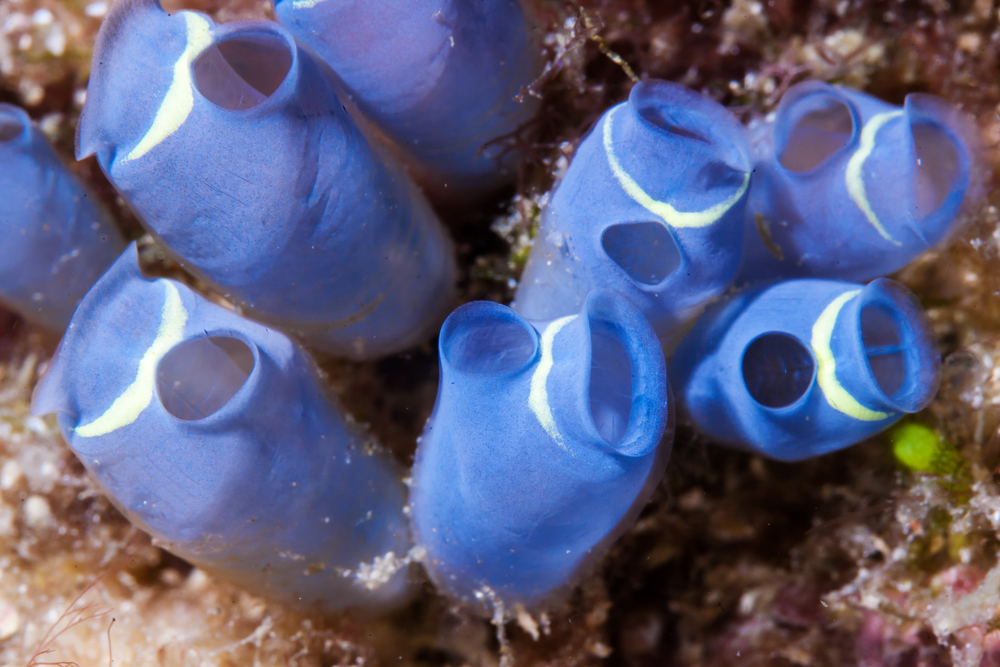The Sea Squirt: The Creature That Eats Its Own Brain
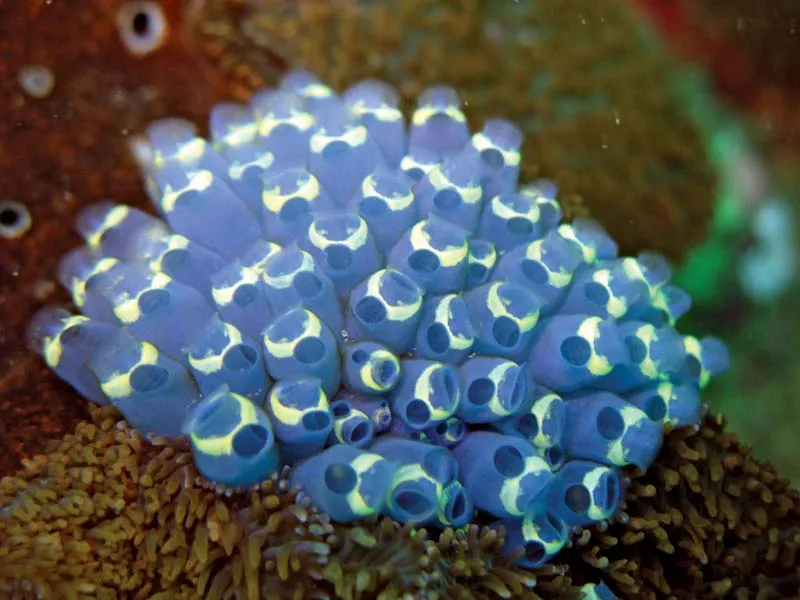
Nature never runs out of surprises, and among its strangest stories is that of the sea squirt—a humble ocean-dweller that literally digests its own brain once it decides it no longer needs it.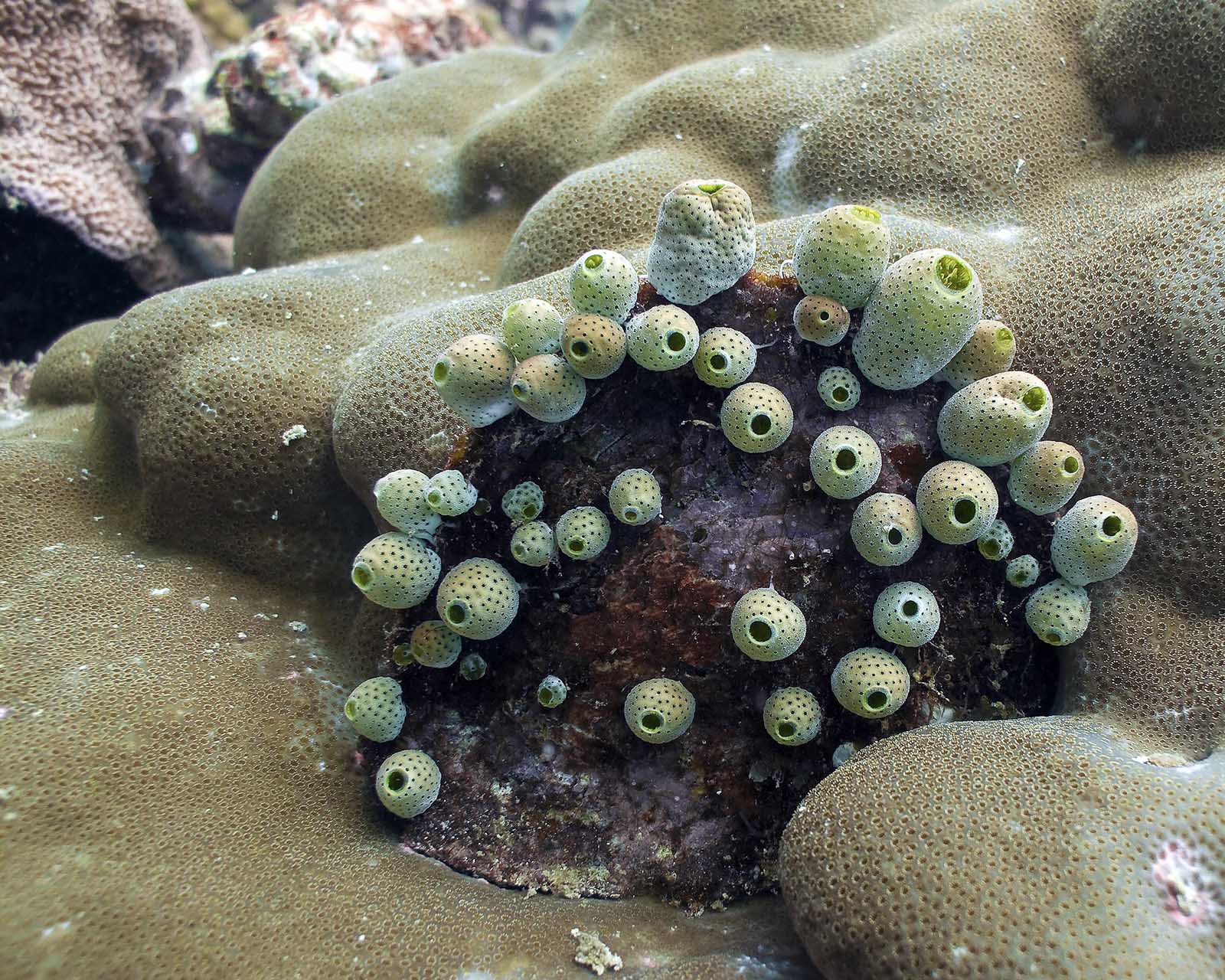
A Life in Two Acts
The sea squirt begins life as a free-swimming larva, drifting through the water with the help of a tiny, primitive brain and a simple spinal cord. In this early stage, it looks almost like a tadpole, complete with a tail that propels it through the currents. Its mission is simple: find the perfect place to settle down.
Once it locates a suitable rock, coral, or other surface, the transformation begins. The larva anchors itself firmly, cementing its place for the rest of its life. And with movement no longer necessary, the sea squirt’s tiny brain—once essential for navigation—suddenly becomes expendable.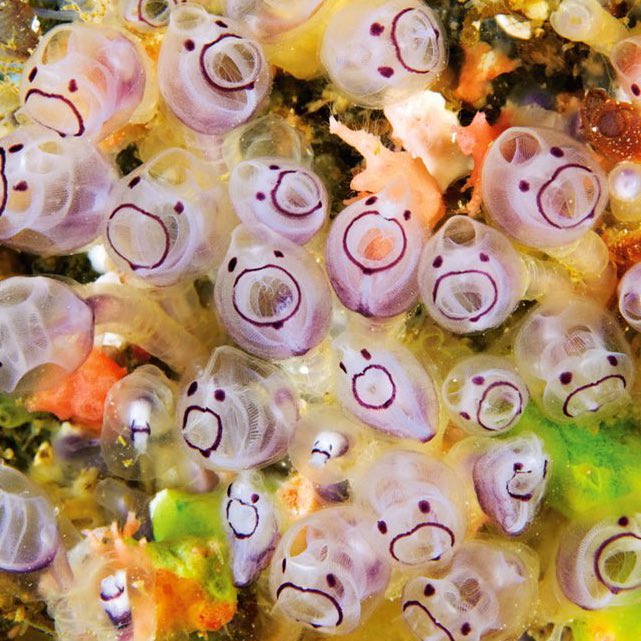
The Brain Buffet
In an extraordinary twist of biology, the sea squirt proceeds to absorb its own brain and nervous system, recycling these tissues as nutrients. From that point on, the creature no longer needs to think, move, or explore. Instead, it transforms into a filter-feeding sac, drawing in water, extracting plankton and oxygen, and expelling the rest.
To put it bluntly: once the sea squirt settles down, it “eats” the very organ that once gave it mobility and awareness.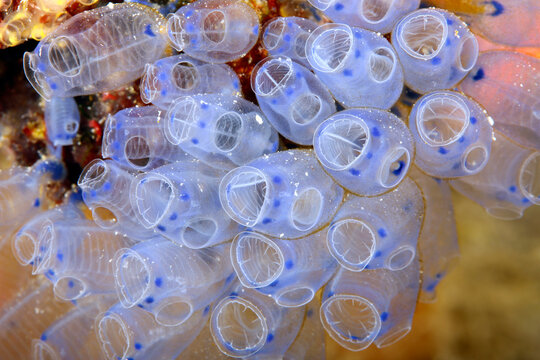
A Strange Kind of Wisdom
While this may seem grotesque—or even lazy—it’s an incredibly efficient survival strategy. By conserving energy and eliminating unnecessary body parts, the sea squirt thrives in its stationary lifestyle. Some scientists even joke that the sea squirt’s life story is “nature’s ultimate retirement plan”—find a home, stop moving, and live off the currents without ever needing to think again.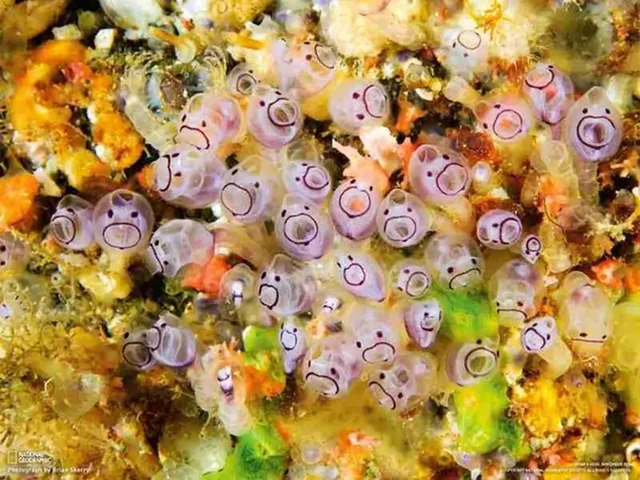
More Than Meets the Eye
Despite their strange habits, sea squirts hold scientific importance. They belong to the phylum Chordata, meaning they are distant relatives of humans and other vertebrates. Their early development, with a brain and spinal cord, mirrors the blueprint of higher animals—including us—making them a valuable subject in evolutionary biology research.
The Lesson of the Sea Squirt
Perhaps the sea squirt’s bizarre journey offers us a perspective on life itself: in youth, movement, exploration, and curiosity drive survival. In maturity, stillness, efficiency, and conservation take over. While humans may not (thankfully) consume their own brains when they retire, the sea squirt’s transformation is a striking example of how evolution finds ingenious ways to adapt.
In the end, the sea squirt shows us that in the ocean’s vast library of life, even the strangest survival strategies have a logic—and a beauty—of their own.
